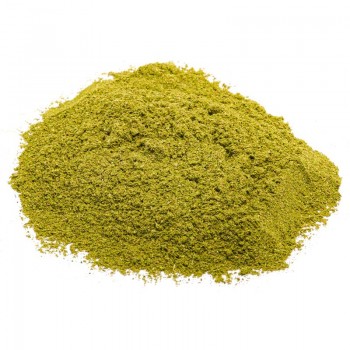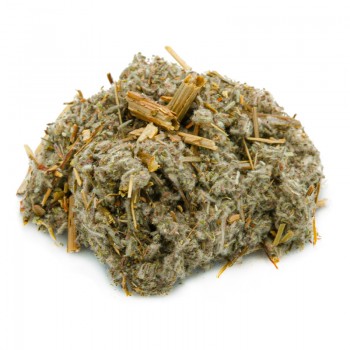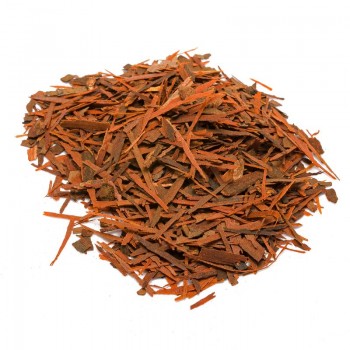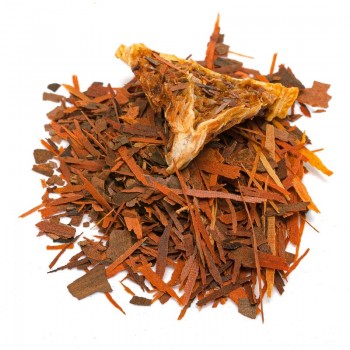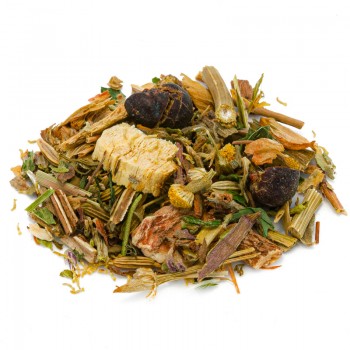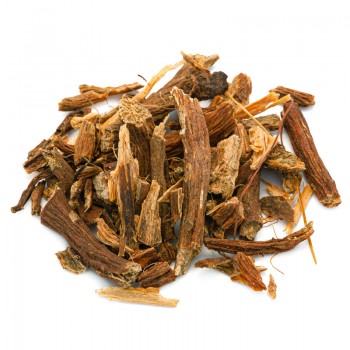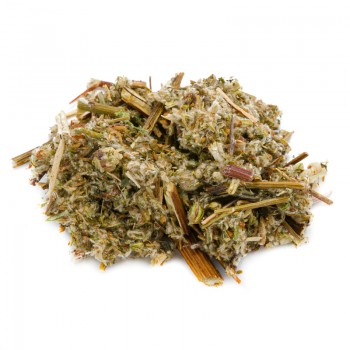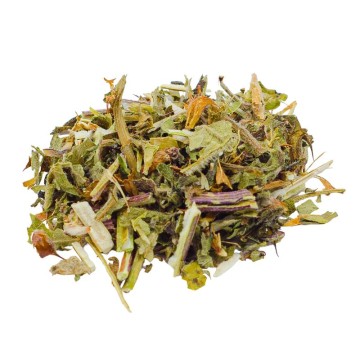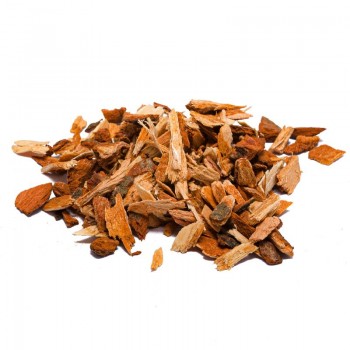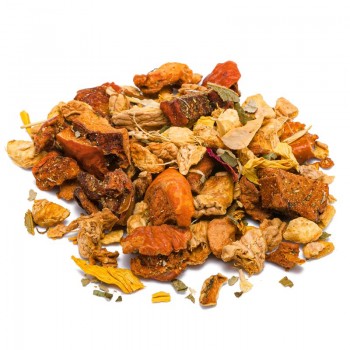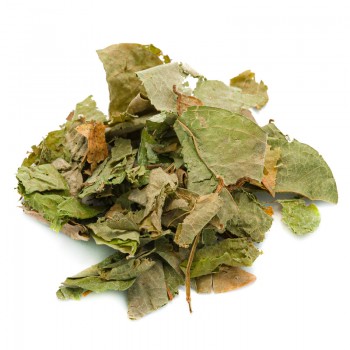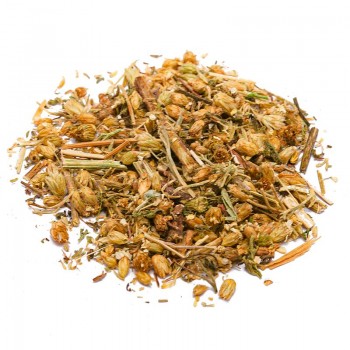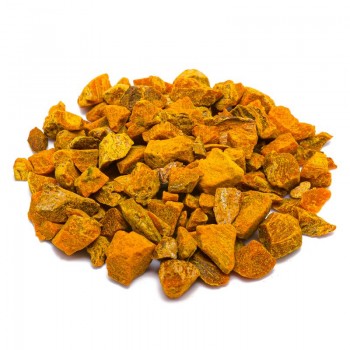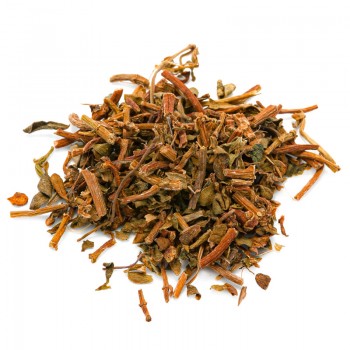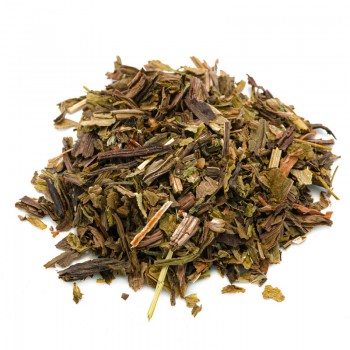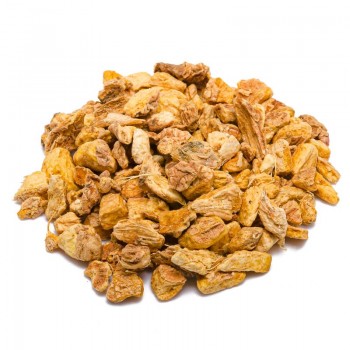The best known herbal remedy used in the presence of menstrual pain is given by the flowering tops of Achillea. One of the herbs with the greatest beneficial influence, among the many included in this herbal blend. It is used against dysmenorrhea (painful menstruation), mainly for its antispasmodic properties.
Herbal blend for painful menstruation
There are various herbs that can be used to relieve menstrual pain. From yarrow to bursa pastoris or mugwort, these plants have properties that calm abdominal spasms and relax the muscles.
herbal teas are an excellent natural remedy for menstrual cramps , which tend to occur both during your period and during the previous week.
The closer you get to menstruation, the more your body produces prostaglandins, inflammatory compounds that help contract the uterus during menstruation. Excess prostaglandins can cause menstrual cramps, as well as an imbalance of estrogen (too high) and progesterone (low levels). In any case, a herbal tea can naturally promote well-being in case of spasms and pains.
Herbs against menstrual pain: properties and benefits
In particular, yarrow is useful in case of abdominal spasms. It is a plant counted among the grandmother's remedies and in the past, to improve the flavor of the infusion, chamomile was also added.
The flowering tops of the yarrow are collected during the summer, they are dried in the shade (gathered in bunches) and, during the year, they are used for the preparation of infusions.
Yarrow leaves and flowers are known to reduce painful menstrual cramps thanks to their relaxing, astringent and antispasmodic qualities. In addition, yarrow is useful for reducing excessively heavy menstrual flow.
The shepherd's purse is an effective natural remedy, with strong anti-haemorrhagic properties. It is useful during heavy periods, which can cause iron deficiency anemia. Its constituents (alkaloids and tannins) calm irritations, as well as having effects on blood flow, with natural anti-inflammatory and astringent properties.
The mugwort infusion, which is part of this herbal blend for painful menstruation, regulates the cycle and relieves pain. It is historically also used to regulate and, as an emmenagogue remedy, to favor the onset of menstruation in case of amenorrhea (absence of menstruation).
Considered for centuries a plant with calming qualities on the nervous system, mugwort is also able to relax the muscles against spasms and menstrual pain. The flower contains essential oils and antioxidants (flavonoids), which favor the antispasmodic action.
This herb makes menstrual periods less painful and stressful, and can also be useful for those who experience irregular flow in pre-menopause.
Parsley can also be effective in treating irregular menstrual cycles, especially in combination with carrot. The diuretic characteristics of parsley are excellent for purification of the urinary tract, and reduce inflammation of the urogenital tract. The main component of parsley, apigenin, has diuretic and anti-irritation effects; able to avoid bacterial proliferation and, therefore, increase discomfort during the cycle.
The carrot, in combination, is another ingredient in the herbal tea that regulates menstruation or gives relief from period pains. It is a emmenagogue plant , which promotes correct menstrual flow.
This happens because carrots contain phytoestrogens , ie components with activities similar to estrogens, female hormones - in particular beta carotene < / strong>.
Another ingredient of the herbal tea for painful menstruation is cumin, which ensures a relaxing and spasmolytic effect. It has an action that helps elimination of intestinal gas , protects against colic and abdominal pain. Its relaxing action helps to contract the uterus to release the menstrual flow, in case of disturbances due to amenorrhea.
Even oregano can help reduce painful cramps, thanks to its natural analgesic properties. Painful menstruationthey can be alleviated, along with useful action even when there are delays in the cycle.
Among the properties of this infusion there is also the well-being in case of intestinal spasms, with the expulsion of intestinal gas and the natural anti-inflammatory action.
Origins and History of cultivation
In this herbal blend to avoid menstrual pain, medicinal plants have been selected that have been used in herbal medicine for centuries, as soothing and antispasmodic. Most of the ingredients show properties that will be enhanced in the effects of the herbal tea that helps fight painful menstruation.
Most of the medicinal herbs in the mix for the menstrual period, are widespread in Europe, and in any case all of them today. the ingredients are available dried and ready for infusion.
Plants and flowers
The components of the herbal tea for well-being during the menstrual period derive from parts of medicinal plants, flowers and leaves.
The shepherd's purse , botanically known as Capsella bursa-pastoris is a herbaceous plant belonging to the Brassicaceae family. It grows in a reduced way, up to about 30-50 cm, and is easy to adapt to even arid soils. It blooms all year round, with small white flowers. It has been known for millennia as a food.
The plant Achillea millefolium is part of the Asteraceae family. It is a perennial plant that spreads easily, present for centuries in various continents: Europe, Western Asia, and then introduced in North America. It grows up to about 1 meter in height, and blooms from June to September. It displays white flowers and aromatic leaves, with a spicy scent.
The Artemisia vulgaris , is a perennial plant of the genus Artemisia and Asteraceae Compositae (of the Aster family). It is an aromatic plant, which grows around 1-2m in height. It is preferably found at high altitude pastures, forest edges, valleys, slopes, ditches and abandoned land, roadsides, subalpine territories.
The cumin , whose Latin name is Ciminum cyminum, is a herbaceous plant of the Apiaceae family (umbelliferae). It develops annually, up to about 40 cm, with abundant branches in the upper part.
The Daucus carota is a herbaceous plant belonging to the Apiaceae family. Known as one of the most common vegetables, the root of which is consumed, it is widespread in Europe, Asia and North Africa. It shows a green stem and fine leaves, and is a biennial plant.
The origan o (Origanum) is a perennial herb of the Lamiaceae family. Native to Europe, North Africa and temperate Asia, it grows in open or mountainous terrain. It prefers sunny and arid places, and is cultivated both as an aromatic plant and for its phytotherapy properties.
The parsley plant, Petroselinum crispum , belongs to the Apiaceae family. Native to the Mediterranean areas, it fears the intense cold, and is cultivated in temperate climates as a culinary herb. It is a biennial herb that grows in tufts about 30 cm high, in dark green triangular leaves. It is a slow growing plant, and reaches maturity between 70-90 days after sowing.
Nutritional values of the herbal blend for painful menstruation
The herbal combination makes bio-available various active ingredients useful against cramps and twinges due to the menstrual cycle.
In particular, flavonoids and other antioxidants are present, as well as substances such as apigenin, naringenin, bursin (alkaloid), malic acid, tannins.
There are also vitamins and other principles such as beta-carotene.
How to use herbal tea to calm menstrual pain
The infusion is obtained by placing approximately 3-5 grams of the herbal mixture for painful menstruation in a cup (250 ml), with water at 100 ° C. Leave to infuse for 8 to 10 minutes, before drinking the herbal tea.
Add honey or sugar if desired.
Herbal blend for painful menstruation: side effects and contraindications
Among the anti-inflammatory and anti-spasmodic herbal teas, this blend has no major contraindications.
In any case, it is not recommended for those sensitive to some medicinal herbs contained; that is, with allergies or intolerances to individual ingredients.
It is advisable not to consume the herbal tea for long periods, and to respect the recommended doses, to avoid stomach pain, nausea, diarrhea or constipation, hypotension.
Due to the presence of substances that act on the genitourinary system and in some cases with phytoestrogens, it is advisable to consult a doctor if you are being treated for uterine pathologies, chronic menstrual, hormonal imbalances; as well as for all pathologies affecting the reproductive or urinary system.
The herbal tea is not recommended for pregnant and breastfeeding women.






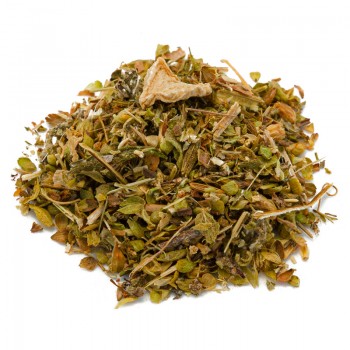




 No reward points for this product.
No reward points for this product.
